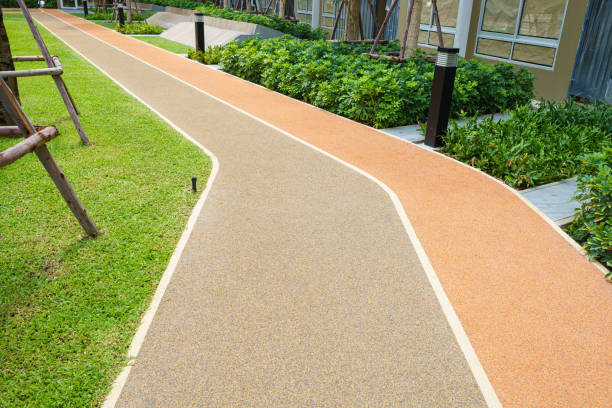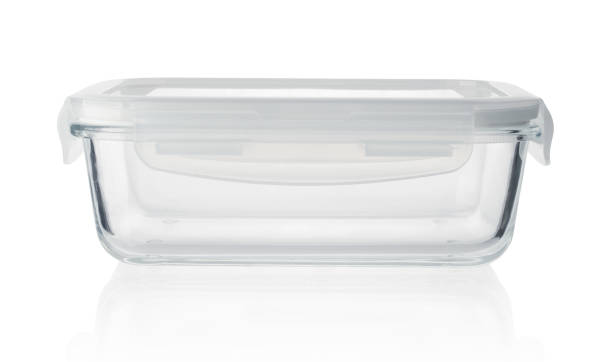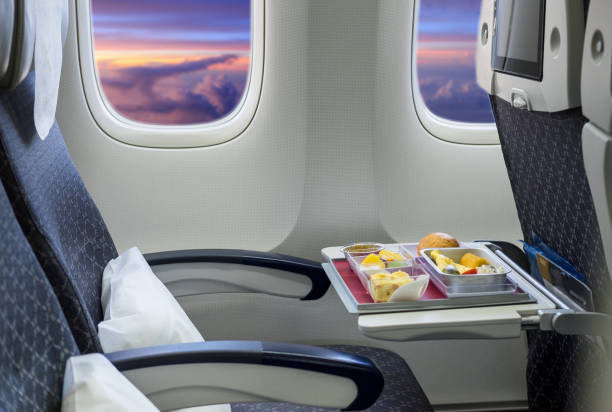
Across Hertford, homeowners are embracing resin bound driveways in Hertford as the ultimate solution for style and practicality. These surfaces are redefining outdoor aesthetics by offering clean, contemporary finishes that stand the test of time. Whether improving a family home or upgrading a commercial property, resin technology delivers both performance and appeal. Its growing popularity across Hertfordshire reflects a shift toward sustainable, low-maintenance solutions that still look premium.
Seamless Strength Meets Modern Design
Resin bound driveways provide a flawless, smooth surface created by binding decorative stones with a clear, UV-stable resin. The result is a surface that’s durable, permeable, and visually striking. Unlike concrete or block paving, resin doesn’t crack or shift. It’s ideal for the changing weather in Hertford, handling everything from rain to heavy vehicle use with ease. The natural drainage properties also prevent puddles and flooding, making it one of the most practical materials on the market today.
Professional Installation for Lasting Quality
Expert installers, including trusted resin bound driveways Hertfordshire professionals, start every project by analysing site conditions to ensure the right base and drainage system are in place. Once prepared, the resin and aggregates are blended on-site and applied in layers to achieve a uniform, anti-slip surface. With proper curing, the result is a strong, seamless driveway that enhances both appearance and property value. The craftsmanship behind each project ensures that surfaces remain stable and attractive for many years.
Design Options for Every Property

Homeowners in Hertford are spoiled for choice with resin-bound design options. Whether they want subtle natural tones to complement brickwork or bold, contemporary finishes, there’s a solution for every style. Aggregates can be mixed to create unique textures, and contrasting borders can define paths or parking areas. Resin bound surfacing in Hertfordshire allows for creative customisation, transforming a simple driveway into a design statement that ties together a property’s entire look.
Low Maintenance, High Value
Resin driveways require very little upkeep. A simple sweep and occasional rinse are enough to maintain their appearance. The non-slip, weed-resistant surface ensures it stays clean and safe year-round. For busy homeowners, this means more convenience and less effort spent on repairs. The long lifespan and visual appeal make it a worthwhile investment that boosts property value across the Hertford region.
Conclusion
Resin bound driveways in Hertford are leading the way in modern exterior design. They combine sustainability, durability, and visual excellence to deliver a surface that performs as beautifully as it looks. From classic homes to new developments, resin’s adaptability and reliability make it the ideal surfacing solution. To learn more about how driveways contribute to the broader landscape of transport design, explore modern developments in road construction and maintenance that inspire today’s surfacing innovations.
Total Surfacing Solutions Ltd
Unit 1, 1 Wareham's Ln,
Hertford SG14 1LA, United Kingdom
+441992551281
Location map:
https://maps.app.goo.gl/UxNfsRJLt264q3qw5
.jpg)
.png)





